This is a bowl that was handed down to me by a family member. I don't know its history. I have watched your videos and this piece meets the Delft requirements in looks (it has chips on the edges and the kiln mark), but I cannot find the maker's symbol on my piece in your catalog of marks.
Vraag
With the pictures that I attach and the description above, are you able to: 1. confirm that this is Delftware. 2. Identify this maker's mark, and/or 3. Approximate the bowl's age and value.
Afmetingen
11x9x4
Collectie
publiekscollectie
Merk
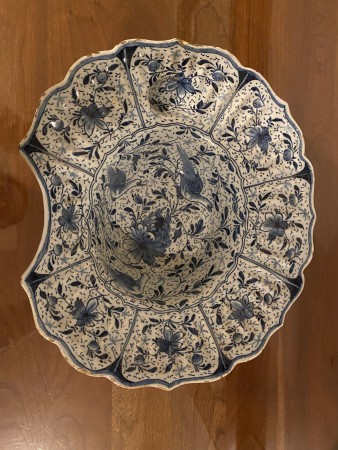

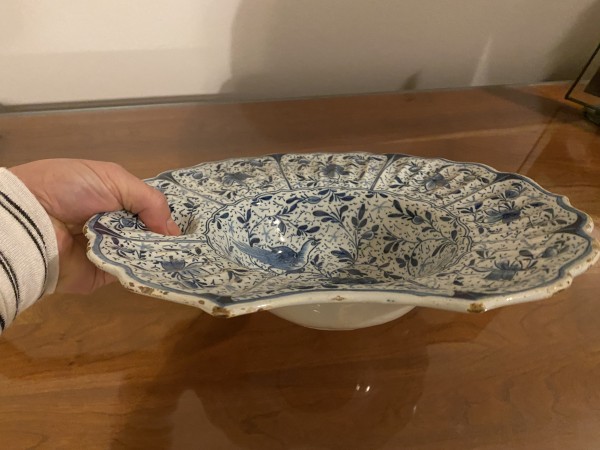









Reacties 24
At first glance, it looks real to me. Factory the porcelain axe. The mark of the axe looks a little bit funny, but therefor not incorrect. Possibly you could post a closeup of the mark?
The size, colour, biscuit, paint on the back, the indentation for the cheek ball and general execution all look correct to me. The parsley with birds decor is quite uncommon.
The age: I would estimate between 1765 and 1785.
According to the website rules, we are not allowed to discuss value.
In reply to At first glance, it looks… by Jeroen Hartgers336
In reply to At first glance, it looks… by Jeroen Hartgers336
In reply to At first glance, it looks… by Jeroen Hartgers336
In reply to At first glance, it looks… by Jeroen Hartgers336
In reply to At first glance, it looks… by Jeroen Hartgers336
In reply to At first glance, it looks… by Jeroen Hartgers336
In reply to At first glance, it looks… by Jeroen Hartgers336
In reply to At first glance, it looks… by Jeroen Hartgers336
In reply to At first glance, it looks… by Jeroen Hartgers336
In reply to At first glance, it looks… by Jeroen Hartgers336
In reply to At first glance, it looks… by Jeroen Hartgers336
In reply to At first glance, it looks… by Jeroen Hartgers336
In reply to At first glance, it looks… by Jeroen Hartgers336
Thank you so much for your help. Attached is a close-up view of the mark on the back. I wondered about the ax-This symbol is rounded, more like the letter P. The pattern must be uncommon because I can’t seem to find anything like it anywhere. Thank you so much for your help and expertise!
You are most welcome! Unfortunately, I cannot see the close-up view. Could you please have a look?
In reply to You are most welcome!… by Jeroen Hartgers336
In reply to (Geen onderwerp) by jenneall
In reply to (Geen onderwerp) by jenneall
Barber's bowl at De Kunstmuseum in The Hague. Marked for De Porceleyne Bijl.
Literature: Delfts Aardewerk, Geschiedenis van een nationaal product, Deel II, 2001, cat.nr. 67 , Gemeente Museum Den Haag, ISBN: 9789040095863, Waanders https://www.waanders.nl/nl/delfts-aardewerk-deel-2.html
Excellent. Looks real to me!
In reply to Excellent. Looks real to me! by Jeroen Hartgers336
👍 Thank you. So, do you think is an 'ax' from De Porceleyne Byl?
Very sure!
Verdict:
Analysis:
Merk:
Add new comment
Only logged in users can post comments
Log in or register to post comments